You want to be creative and breed creativity in your workplace, right?
Do you consider yourself to be “creative?”
Ask a group of first-graders, “How many of you are ‘creative?’ ” Watch most of the hands go up. They smile. They show their colorful drawings and finger painting and maybe even compose a song along the way.
What happens when the same question is asked of the same kids a few years later? The responses drop to nearly zero. And the kids are still in elementary school.
Fast forward to your business meeting. Someone says “Let’s get creative about how to grow the market in Asia. We’ve got until 5 o’clock.”
Are you and I seeing the same thing here?
We’ve got little kids who are convinced they are creative. Then we get bigger little kids who think, “Not so much.” Now we’ve got adults being asked to create and who are sure they aren’t creative.
This post is a call for thought, not a rant. (Well, a little one). It seems to me that we have taken an entire population of creative youngsters, told them to color inside the box (or else!), and now tell them to “think outside the box”–(or else!).
Nine things to encourage creativity
Silvano Arieti wrote a book in 1976 called Creativity: The Magic Synthesis (you can get a used copy through amazon.com). Here are his nine conditions and the reasons why:
1. Aloneness. Being alone allows the person to make contact with the self and be open to new kinds of inspiration.
2. Inactivity. Periods of time are needed to focus on inner resources and to be removed from the constraints of routine activities.
3. Daydreaming. Allows exploration of one’s fantasy life and venturing into new avenues for growth.
4. Free thinking. Allows the mind to wander in any direction without restriction and permits the similarities among remote topics or concepts to emerge.
5. State of readiness to catch similarities. One must practice recognizing similarities and resemblances across to perceptual of cognitive domains.
6. Gullibility. A willingness to suspend judgment allows one to be open to possibilities without treating them as nonsense.
7. Remembering & replaying past traumatic conflicts. Conflict can be transformed into more stable creative products.
8. Alertness. A state of awareness that permits the person to grasp the relevance of seemingly insignificant similarities.
9. Discipline. A devotion to the techniques, logic, and repetition that permit creative ideas to be realized.
So now we go to our boss and say “I’d like to have some extended alone time for inactivity and daydreaming so I can come up with a creative idea for your strategy.”
(Please let me know how that conversation goes).
You can act to create creativity
The next time you have charge of a meeting or idea session, how about using some of the above items to lay a foundation for creativity.
- Build in “alone time” by having people think about the task well in advance.
- Use a mind-mapping activity to address numbers 4 and 5.
- Suspend judgment and encourage the craziest ideas in the room, because
- Alertness will connect the “crazy” dots
I hope you’ll use these to be intentional about creativity. It sounds almost like an oxymoron–”intentional creativity”–but according to number 9 it isn’t.
Intentional Creativity–that’s a lot easier to sell to your boss than some alone time.



